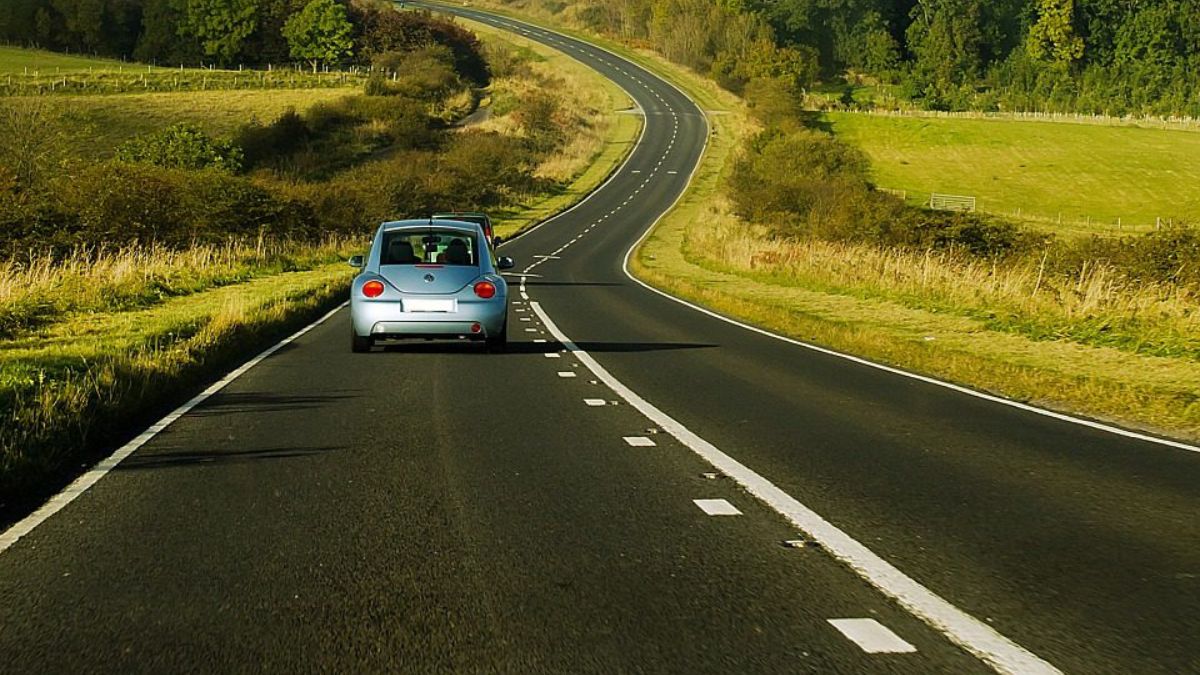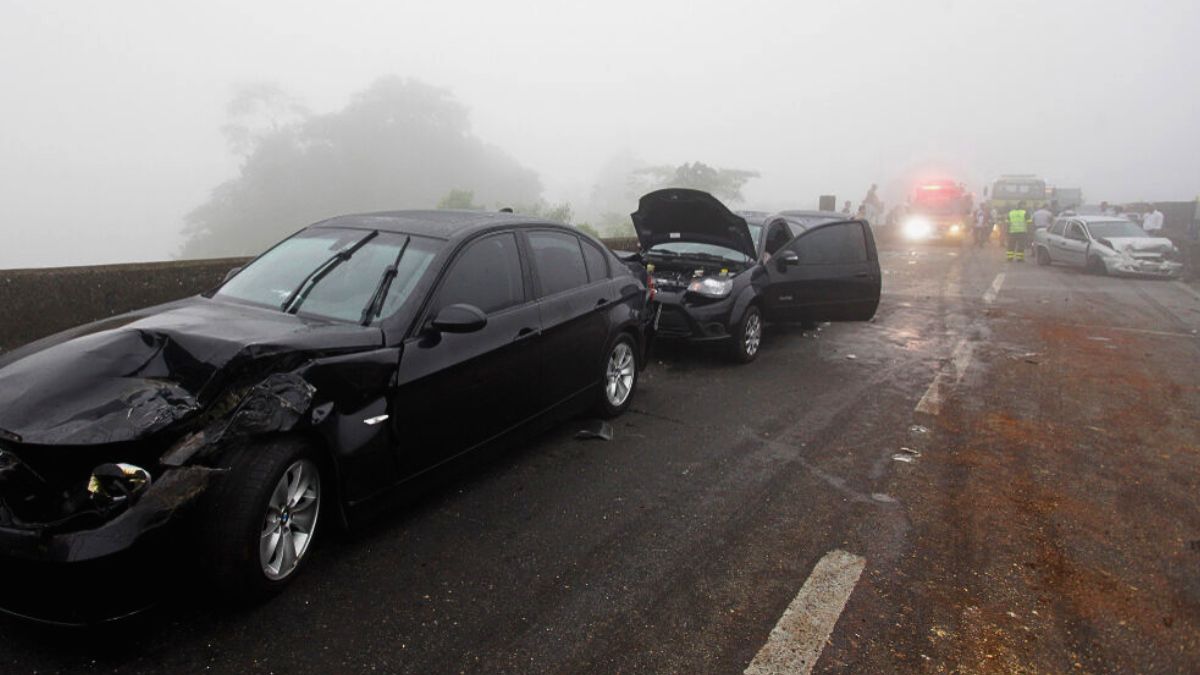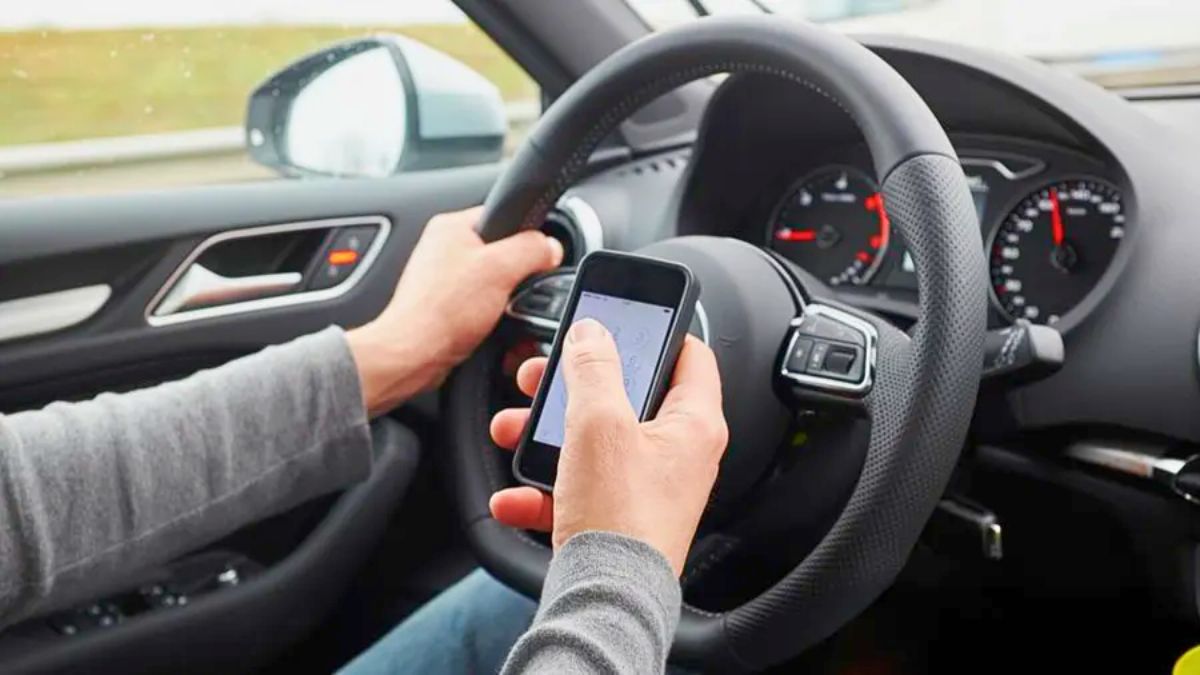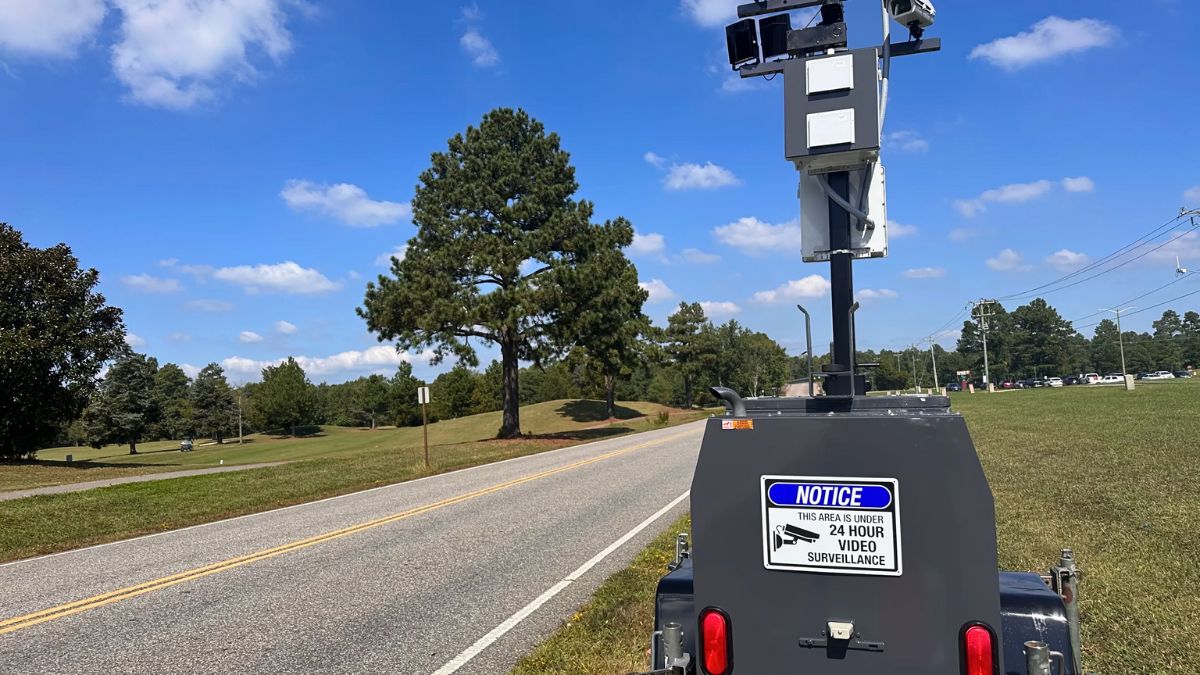We’ve all been stuck at a red light, staring at an empty intersection, wondering why on earth we’re waiting. The truth is, traditional traffic systems run on fixed timers — not logic, not patterns, and certainly not real-time data. Enter Artificial Intelligence. AI is revolutionizing how cities tackle traffic by making streets smarter, smoother, and safer. And honestly? It’s doing a better job than any human ever could.
Insight
City traffic is chaotic — and it’s only getting worse. More cars, more deliveries, more everything. Human-managed systems can’t keep up. But AI can. With machine learning, sensors, and real-time analytics, AI doesn’t just respond; it predicts. It learns patterns, adapts on the fly, and makes instant decisions based on actual road conditions.
For example, if there’s a sudden traffic jam due to an accident, AI-powered systems can automatically reroute traffic, extend green lights where needed, and alert emergency services — all in seconds.
Smartlights
The heart of AI traffic control lies in adaptive traffic lights. These aren’t your old-school stoplights. They’re connected to networks of cameras and sensors that feed real-time data into AI systems. Based on this data, AI adjusts the timing of red and green lights dynamically. So instead of a fixed 60-second cycle, a light might stay green longer if it sees a buildup of cars.
Here’s a quick comparison:
| Traffic Light Type | Control Method | Efficiency Level |
|---|---|---|
| Traditional | Fixed Timers | Low |
| Adaptive (AI) | Real-time Decision | High |
In cities like Pittsburgh and Los Angeles, these AI-controlled lights have reduced travel times and emissions by up to 20%. That’s huge.
Prediction
AI thrives on data, and when it has enough, it starts predicting the future — at least traffic-wise. Machine learning algorithms crunch through historical and real-time data to forecast congestion hotspots before they even form.
Think of it like Waze or Google Maps, but way more powerful and built right into the city’s traffic infrastructure. Instead of just telling you there’s traffic ahead, the system works to prevent that traffic from happening in the first place.
Coordination
One of AI’s biggest advantages? It doesn’t get tired or distracted. It can coordinate thousands of signals, roads, and intersections at once. That means smoother traffic flow across an entire city grid, not just isolated intersections.
AI systems can also prioritize certain vehicles, like giving ambulances or fire trucks faster routes by syncing green lights across their path — something that’s incredibly hard to manage manually.
Integration
AI doesn’t work in isolation. It connects with other systems — public transport, weather data, ride-sharing apps, even parking systems. When it rains, it adjusts speeds and lights. When a football game ends, it manages crowd dispersal. It’s like a digital traffic conductor, orchestrating every movement for maximum efficiency.
Results
So, is AI really doing a better job than humans? Absolutely. Cities that have adopted AI for traffic management are reporting:
- 15–25% fewer delays
- 10–20% drop in emissions
- Faster emergency response times
- Happier, less-stressed commuters
And the best part? It keeps learning and improving over time.
AI isn’t here to replace humans—it’s here to help us move smarter, faster, and cleaner. As more cities plug into intelligent traffic systems, the days of sitting at a red light with no cars in sight might finally be behind us.
FAQs
How does AI reduce traffic delays?
AI uses real-time data to adjust signals and reroute traffic instantly.
Can AI traffic lights predict congestion?
Yes, machine learning allows them to forecast and prevent jams.
Which cities use AI for traffic control?
Cities like Los Angeles, Pittsburgh, and Singapore are using AI systems.
Does AI help emergency vehicles move faster?
AI syncs green lights to prioritize emergency response routes.
Is AI better than humans at traffic management?
Yes, AI makes faster, data-driven, and more accurate decisions.

















